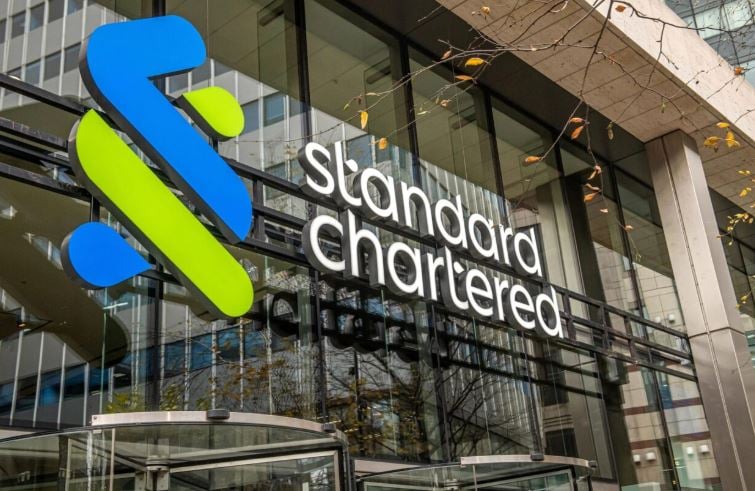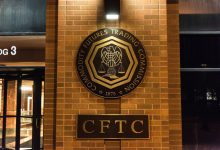Standard Chartered Predicts Optimistic $1 Trillion Shift From Banks to Stablecoins by 2028


Standard Chartered Bank has predicted that up to $1 trillion could move from traditional banks to stablecoins within the next three years. The forecast, revealed in a recent , highlights the growing appetite among institutional and retail investors for blockchain-based settlement systems — and signals a potential turning point in global banking liquidity dynamics.
The bank’s analysts estimate that by 2028, stablecoins could account for as much as 4% of global money supply, driven by rising adoption in emerging markets, , and cross-border trade settlements. The trend, they note, could present both opportunities and challenges for banks, especially in regions where digital assets are beginning to replace fiat currencies in business-to-business and retail payments.
Stablecoins Threaten to Redefine Global Banking Liquidity
Per the report from the institution’s global research team, a statement from said:
“We view the potential for $1 trillion to leave emerging market banks and move into stablecoins in the next three years or so.”
Based on this statement, it is evident that stablecoins backed by robust reserves and transparency standards are rapidly becoming credible substitutes for cash and bank deposits. Looking ahead, the $1 trillion liquidity shift could primarily affect emerging market banks, where capital flight into stablecoins is already noticeable.
US dollar-backed stablecoins, such as Tether (USDT) and USD Coin (USDC), remain dominant in these markets, accounting for over 90% of total on-chain settlement volumes. As demand grows, these tokens are evolving from speculative trading instruments into core financial infrastructure, facilitating global remittances, trade settlements, and digital savings.
The report also warned that while this shift may improve financial inclusion and efficiency, it could also drain local banks’ deposit bases, reducing their ability to lend and raising systemic risks in regions where banking systems are already fragile.
Regulation and Transparency Could Define Stablecoins’ Path to $1 Million
The Standard Chartered report paints a bold picture of a decentralized future. However, it also emphasizes that regulatory clarity will be key to unlocking the projected trillion-dollar migration. The bank cited the European Union’s framework and Hong Kong’s licensing model as examples of balanced regulation that could foster responsible growth in the sector.
While new aim to mitigate deposit flight by prohibiting the country’s compliant stablecoin issuers from paying direct yields, which are similar to interest rates on a bank account, Standard Chartered said that developing world populations and U.S. financial players will still want them.
For instance, while the U.S. remains divided on stable coin legislation, evident in the absence of a unified federal framework that sluggishs institutional participation, growing support from major financial players — including PayPal, BlackRock, and Fidelity — suggests that regulated stablecoins may soon be integrated into mainstream banking operations.
Still, stability hinges on continued regulatory synergy between central banks and private issuers. Without consistent oversight, the sector could risk fragmentation and uneven adoption across jurisdictions.







